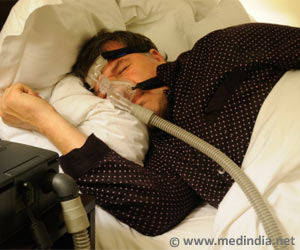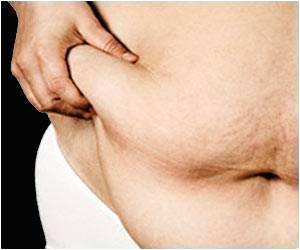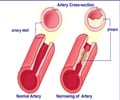All body fat is not created equal in terms of associated health risks, but how visceral fat contributes to insulin resistance, inflammation has remained unknown.

TOP INSIGHT
Visceral fat is linked to metabolic disease, insulin resistance, and an increased risk of death, even for people who have a normal body mass index.
"TRIP-Br2 appears to block or prevent normal lipolysis," Liew explained. Lipolysis is the breakdown of fat in fat cells, for use as fuel, and ongoing lipolysis can prevent the buildup of excess fat in those cells, Liew said. "Without TRIP-Br2, lipolysis and oxidative metabolism take place at an increased rate, so fat is broken down and quickly used as energy and does not have a chance to build up in organs like the liver," he said.
But Liew and his colleagues still didn't know why TRIP-Br2 was found in higher amounts in visceral fat than in subcutaneous fat. Their search for answers led them to a cellular structure called the endoplasmic reticulum, or ER, which is responsible for producing all the proteins in the cell. Nutrients from a meal enter the ER, but an excess due to overeating can significantly stress it. In obesity, a stressed ER in visceral fat cells leads to production of inflammatory molecules called cytokines -- but exactly how was unclear.
Liew and coworkers found that in the absence of TRIP-Br2, ER stress could no longer trigger cytokine production and inflammation in obesity. They also found that the up-regulation of TRIP-Br2 in visceral fat depends on an intermediary factor called GATA 3 that turns on TRIP-Br2. "Together, our findings indicate that these molecular regulators, TRIP-Br2 and GATA3, could be viable targets for small drug molecules that could serve as potential therapeutic agents against obesity," Liew said.
Source-Eurekalert
 MEDINDIA
MEDINDIA




 Email
Email









